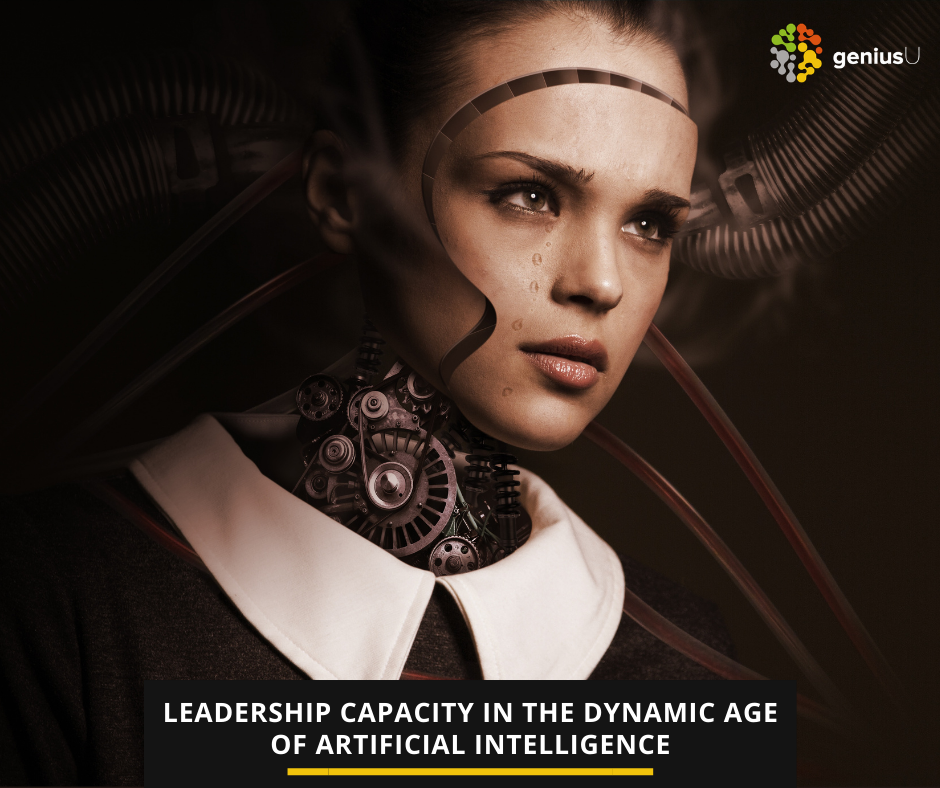
The leadership strategies in today’s world are designed to harness the cognitive and behavioral skills of senior business executives with the implicit assumption that would exemplify the high performance across the organizations. In the age of AI, leadership management is more focused on acts and activities leaders need to undertake as compared to the conventional approach of tapping into just values, qualities, and behavioral styles. Dismissing the idea of staying detached from market results people are expected to achieve, AI leaderships’ actions, now, are rather closely connected to market realities.
As AI is becoming a core aspect of business strategy, the broader adoption of technology is fundamentally changing every aspect of the way leaders lead, recruit, train, and inspire their teams. They encourage their employees more to apply AI and human power collaboratively to achieve their vision for the company, to the way they drive innovation and competitiveness. The market reports quite evidently describe how leadership action in designing AI strategy drive better ROI from the technology.
The leadership in the age of AI is not only evolving quickly but also championing the transformations throughout the organization to bridge the gap between old and new business realities. Today, employees are even more confident that their senior leaders understand and promote the positive aspects of AI.
The two elements that are promoting better leadership skills in this dynamic culture are introducing multiple teams together and great decision-making. Optimized decision-making is what drives better outcomes for AI implementation. Therefore, today, the role of leadership is extremely critical to the vast sums businesses invest in AI to accelerate innovation.
However, amid the hype of ‘AI replacing humans,’ it stands as a challenge for leaders to understand that with more digitization, human talent will grow in importance. It is their responsibility to bring teams and machines together through intuiting, coaching, and inspiring.
AI leadership is also required to enhance their adaptability in order to stay ready for innovation while reciprocating to the opportunities and threats that appear along the way. Guiding the teamwork and human-machine collaboration-skills only, will not be at par with industry demands. They need to be more open to new ideas and opinions while keeping their self-judgments and ego aside. It becomes quintessential for leaders to establish effective communication among their teams for revision, re-innovation, and reinventions.
Moreover, if changing one’s mind is translating into benefits for better decision-making, they should stand firm even at the cost of being perceived as weak or lacking conviction. This subsequently means they should possess the ability to unlearn as the knowledge gathered through experience will fast become redundant. Amid this, they cannot afford to hold onto outmoded ideas.
Besides, foresight is one of the greatest tools of a leader that has taken a new shape in the age of AI. They need to consider where exactly their team, as well as the organization, is heading while leaving a window open for frequent changes in the futuristic roadmap. Today’s agile visionaries will form the effective leadership of tomorrow in a more advanced and extremely AI-driven world. Their agile AI strategies must collaborate with the rapid changes in the business, socioeconomic, or political environment.

















Leave a Reply